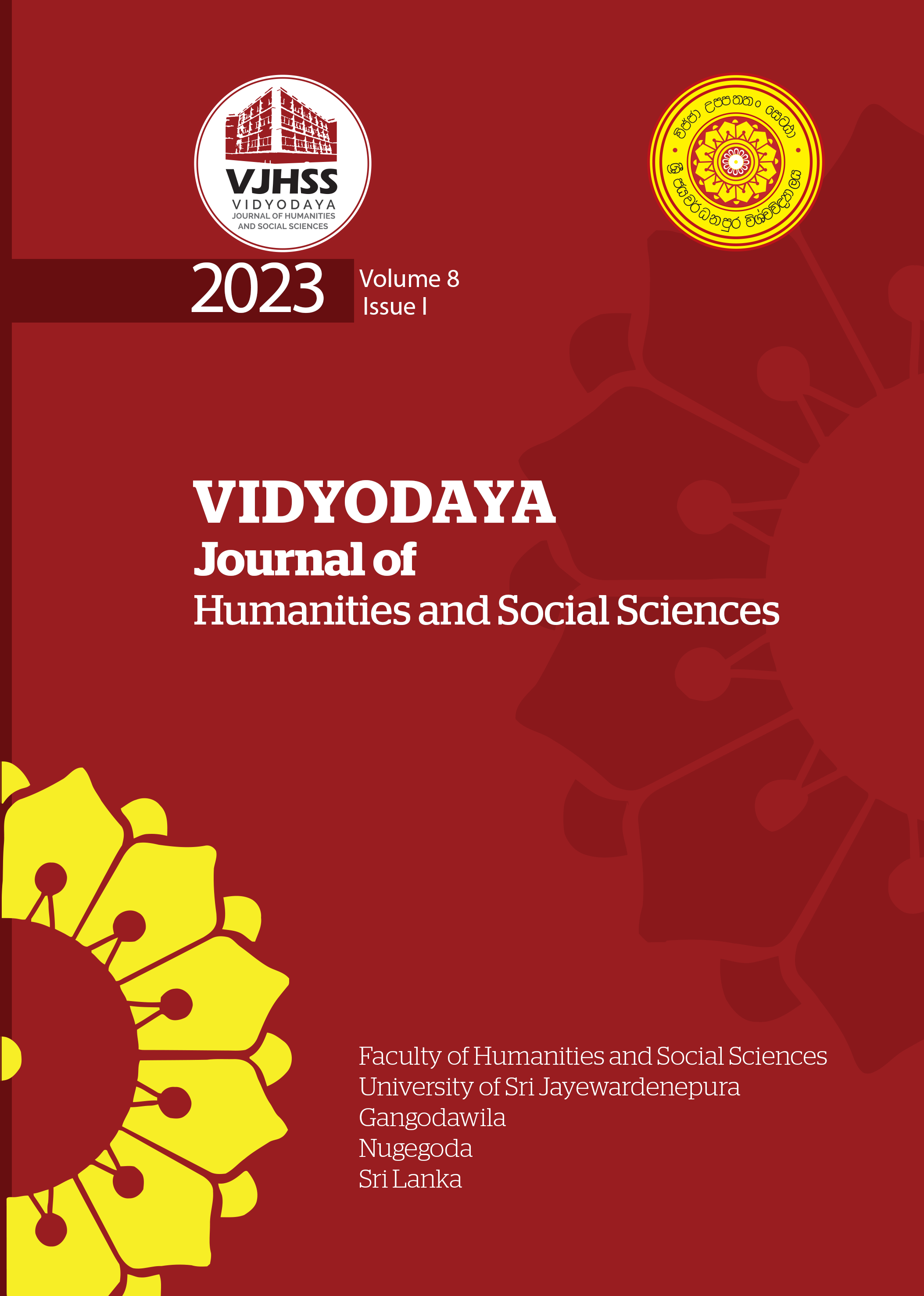Differential Object Marking, Scrambling and Choice Functions: The Case of Sinhala
Abstract
This paper investigates the role of choice functions on specificity realization of indefinite noun phrases mainly by way of differential object marking, scrambling and pragmatics in Sinhala. Languages use different strategies to mark what is called specificity of noun phrases. Differential object marking and scrambling are some such operations employed by languages such as Spanish, Turkish, Hindi, and Japanese. Sinhala employs at least three strategies to mark specificity: scrambling; differential object marking and pragmatics. In the literature attempts have been made to establish a relationship between morphology (differential object marking) and syntax (short scrambling) with respect to specificity marking in languages. This paper, based on the evidence that short scrambling in Sinhala does not influence specificity marking, argues that such a link between morphology and syntax of specificity marking cannot be established cross-linguistically. It claims that an account based on choice functions is able to account for specificity marking of indefinites in Sinhala. Relevant data retrieved from the existing literature and new data introduced by the author based on native speaker judgements were considered for testing the hypothesis. The data were analyzed in light of the existing theories, frameworks and methods, thus following the deductive approach to draw the conclusions. The paper concludes that a choice functions-based analysis enables us to account for the specificity marking of not only the deferentially marked objects but also scrambled and pragmatically marked object noun phrases in Sinhala. As evident, the conclusions were drawn based on testing analysis, and evaluation of data from Sinhala, which is a less studied language in linguistics. It is suggested that the findings in this study be taken up for further investigation with similar data from other less studied languages in the world in order to make finer cross-linguistic generalisations.



